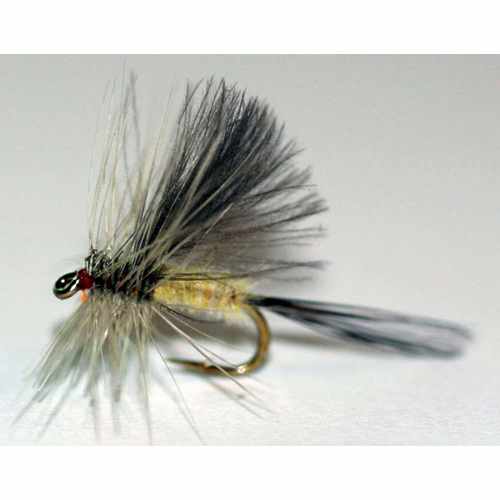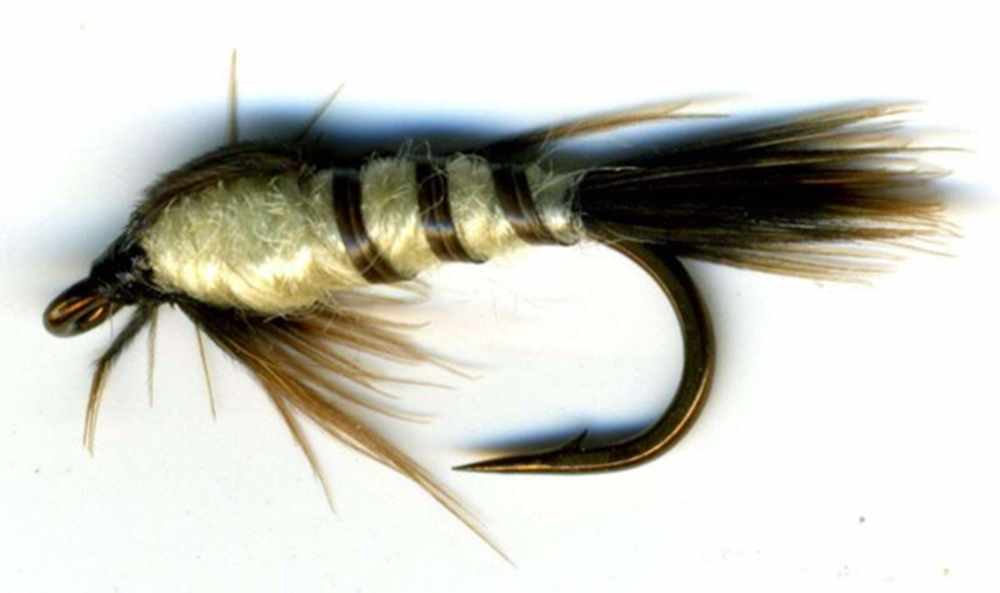Mayfly Trout Fly Fishing
It will be fair to say that from every single one the varied flies available to fishermen, the mayfly family must be amongst the most well-liked and well known. Pleasing to your angler’s eye, but they are most significantly very alluring for the rainbows! It can help us if we gather a little more in regards to the life cycle along with habits of the mayfly making sure that when fishing we can better see this family of flies and be able to turn that into maximising the opportunity to catch that fish! So here we go.
Mayflies - Ephemeroptera
Mayflies are insects which belong in Order Ephemeroptera (from the Greek ephemeros = "short-lived", pteron = "wing", referring to the short life span of adults). The life cycle for the mayfly begins when after a small number of weeks, the egg changes into a nymph. It in point of fact requires an added year before they mature.
Mayflies Family of flies
The Mayfly is also known in the US as the English flies classed as Blue winged olive, Epherma danica, Blue winged olive imago, Blue winged olve dun and Baetis spinner
As you may be aware, there are various names to the different types of mayflies & different names including their emergence stage according to species: - Stone Clinger, Hexagenia, Slit Burrower, March Brown, Blue winged olive, Epherma danica, Blue winged olive imago, Blue winged olve dun and Baetis spinner to name just a few. All these has a unique way of life with the intention of matching its environments as you would expect. But it really it is as a young nymph that every of those species adapts and creates lifestyles to suit their very own environments.
Mayflies - Emergence of Mayfly Nymph to Mayfly Dun
When the mayfly nymph (or naiad as it might be known) emerges, it would likely live between a few months to many years. It will have potentially a lot of moults on it's way. The naiads exist primarily in streams below rocks, crumbling flora, or in sediment. And at its final moult that it becomes a sub imago or dun. Apparently the word dun means dull brown and without doubt the word very much describes the look of the mayfly sub imago. It may resemble the form of its adult form, but as a sub imago is actually dull in color, a mediocre flyer and sexually immature. It is the lack of colouration and patterns which means it is not attractive to mates. The sub imago stage is brief and not longer than 24 hours. However maybe drastically shorter in a quantity of species.
When it turns into an adult, its single aim in life is always to reproduce. This good-looking living thing may well be in this world just for a few hours, certainly not more than 24 hours. Therefore after they've mated, the female lays her eggs and dies becoming what is named spent. The entire sequence then begins another time.
Mayfly Short Life-tine
It is very fascinating to note of the fact that short life span of the mayfly is represented in it's name in a mixture of languages all over the world and interprets literally as one-day-fly! A few examples of this are - German Eintagsfliege, Dutch eendagsvlieg, Slovenian enodnevnica, Swedish dagslända, Danish and Norwegian døgnflue, Polish jętka jednodniówka, Finnish päivänkorento, Bulgarian еднодневка, and Greek εφήμερος.
It regularly comes about that each one of the mayflies in a population mature at once (the hatch), plus for only a day or two at spring or autumn, mayflies will probably be all over the place, dancing all-around each other in huge groups, or resting on every vacant surface which is a picture to observe plus one that anglers all over look forward to.
Available in Fly Size(s)
14, 16, 18, 20

.jpg)
.jpg)
.jpg)




















